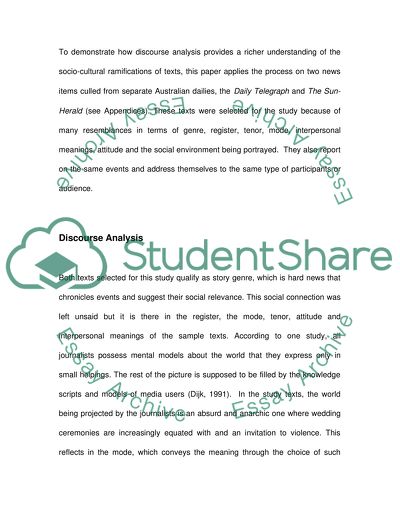Cite this document
(“Discourse Analysis: For a Better Understanding of the Social Meanings Essay”, n.d.)
Discourse Analysis: For a Better Understanding of the Social Meanings Essay. Retrieved from https://studentshare.org/journalism-communication/1519037-discourse-analysis
Discourse Analysis: For a Better Understanding of the Social Meanings Essay. Retrieved from https://studentshare.org/journalism-communication/1519037-discourse-analysis
(Discourse Analysis: For a Better Understanding of the Social Meanings Essay)
Discourse Analysis: For a Better Understanding of the Social Meanings Essay. https://studentshare.org/journalism-communication/1519037-discourse-analysis.
Discourse Analysis: For a Better Understanding of the Social Meanings Essay. https://studentshare.org/journalism-communication/1519037-discourse-analysis.
“Discourse Analysis: For a Better Understanding of the Social Meanings Essay”, n.d. https://studentshare.org/journalism-communication/1519037-discourse-analysis.


